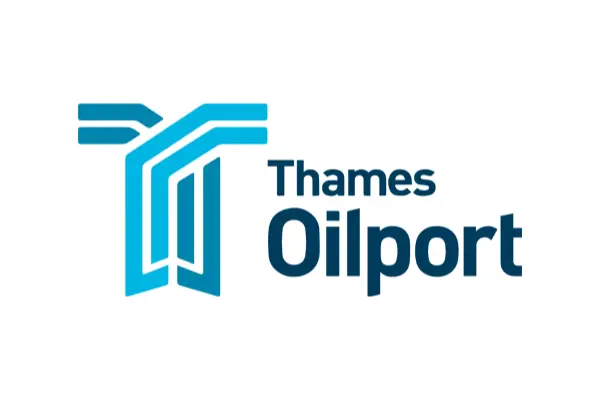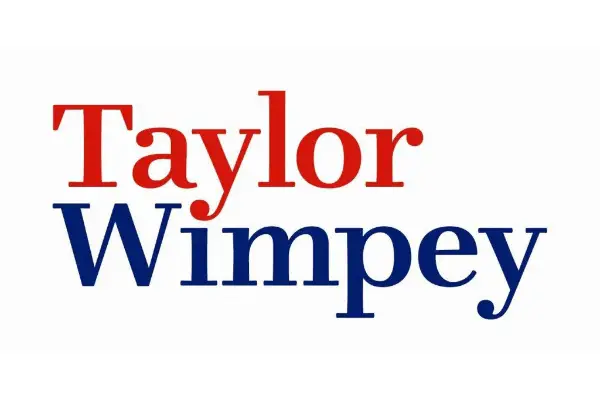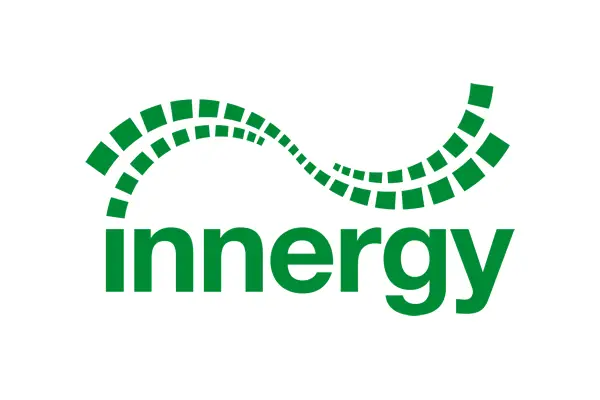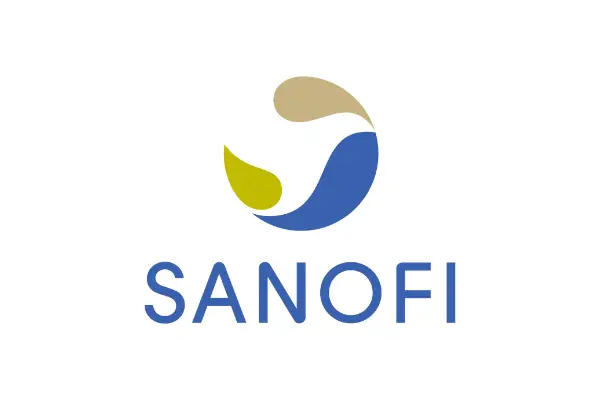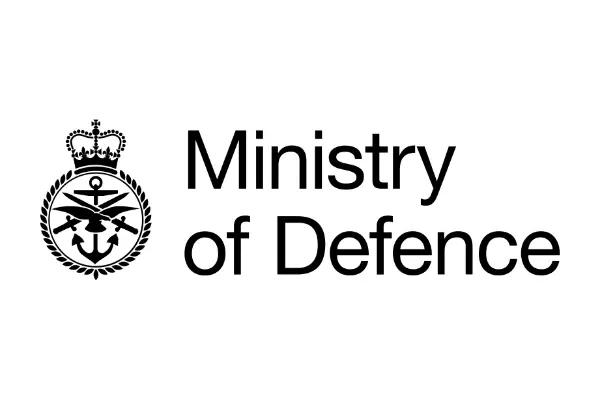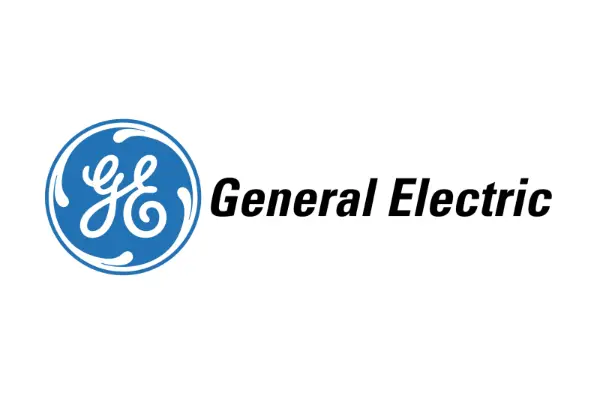A constantly-evolving list of key terms relating to wildlife mitigation, as a resource for developers:
Bottle Traps
A passive method for collecting newts from water. Also used by ecologists during surveys and by wildlife researchers.
CSCS
The Construction Skills Certification Scheme ensures that workers in the built environment have the necessary training and qualifications. All Eco Site Solutions staff and contractors are certified under this scheme.
DEFRA
The UK government Department responsible for Environmental protection, Food production and standards, agriculture, fisheries and Rural Affairs.
Drift Fencing
Fencing used to stop wildlife from ‘drifting’. Generally used for exclusion or collection purposes within a larger, fenced perimeter.
Fencing Permanence
The terms temporary, semi-permanent and permanent can be a little confusing. Temporary is generally up to two years, semi-permanent is generally up to about seven years, and permanent covers everything above, with some fencing products having a life expectancy of up to 25 years.
Hibernaculum
A shelter or refuge designed specifically for reptiles and amphibians. Purpose-built as part of wildlife mitigation on a development project where natural habitats may be affected.
CIEEM
Formerly known as IEEM, the Chartered Institute of Ecology and Environmental Management is the leading professional membership body representing ecologists and environmental managers.
The process for moving protected species in a more passive manner, without the need for fencing or extensive groundworks. A fast and cost-effective solution but only available if your project meets the strict criteria.
Natural England
The UK government agency promoting the conservation of wildlife and geology throughout England.
Pitfall Traps
A passive method for collecting or excluding small animals from development sites. Also used by ecologists during surveys and by wildlife researchers.
Post-development Interference
Relating to the long term impact a development may have on wildlife. E.g. moving newts to a new pond may mitigate losses now, but increased exposure to the public or certain plant life could have a detrimental impact.
Receptor Site
Alternative sites, often with constructed habitats, designed to ‘receive’ any displaced wildlife as part of a development project.
Refugia
A simple and cost-effective solution to provide refuge for species affected by development sites. Generally made from recycled material, examples include carpet tiles for amphibians and roofing felt for reptiles.
TAF
Simply an abbreviation of Temporary Amphibian Fencing – see ‘Fencing Permanence’ above.

